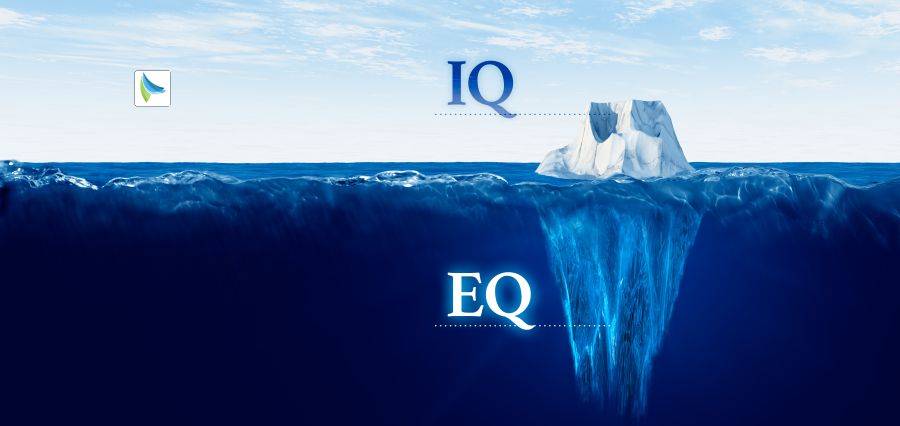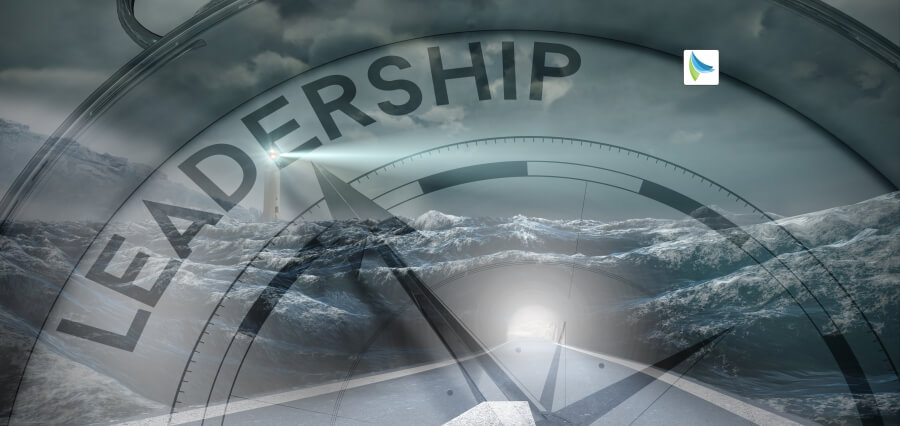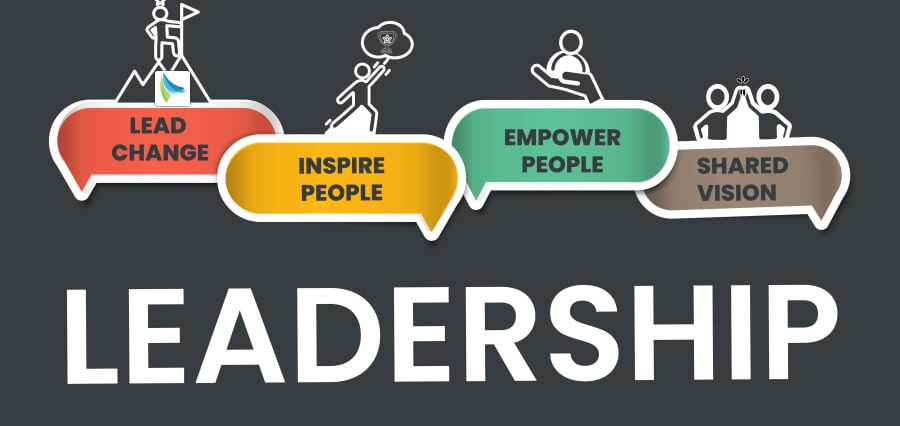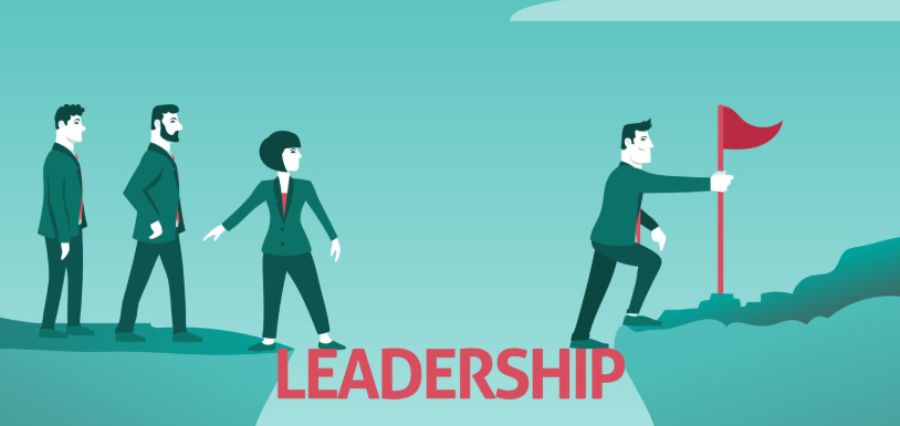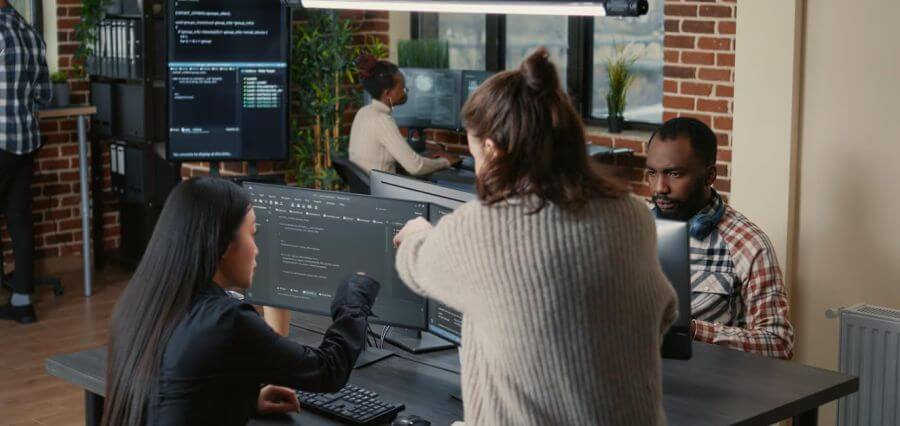“𝑰𝒏 𝒕𝒉𝒆 𝒕𝒊𝒎𝒆 𝒐𝒇 𝒕𝒉𝒆 𝒑𝒐𝒆𝒕 𝒊𝒕 𝒘𝒂𝒔 𝒄𝒓𝒐𝒘𝒏𝒆𝒅 𝒘𝒊𝒕𝒉 𝒕𝒉𝒆 𝒈𝒐𝒍𝒅𝒆𝒏 𝒓𝒐𝒐𝒇𝒔 𝒐𝒇 𝒂 𝒕𝒆𝒎𝒑𝒍𝒆; 𝒕𝒉𝒆 𝒕𝒆𝒎𝒑𝒍𝒆 𝒊𝒔 𝒐𝒗𝒆𝒓𝒕𝒉𝒓𝒐𝒘𝒏, 𝒕𝒉𝒆 𝒈𝒐𝒍𝒅 𝒉𝒂𝒔 𝒃𝒆𝒆𝒏 𝒑𝒊𝒍𝒍𝒂𝒈𝒆𝒅, 𝒕𝒉𝒆 𝒘𝒉𝒆𝒆𝒍 𝒐𝒇 𝒇𝒐𝒓𝒕𝒖𝒏𝒆 𝒉𝒂𝒔 𝒂𝒄𝒄𝒐𝒎𝒑𝒍𝒊𝒔𝒉𝒆𝒅 𝒉𝒆𝒓 𝒓𝒆𝒗𝒐𝒍𝒖𝒕𝒊𝒐𝒏, 𝒂𝒏𝒅 𝒕𝒉𝒆 𝒔𝒂𝒄𝒓𝒆𝒅 𝒈𝒓𝒐𝒖𝒏𝒅 𝒊𝒔 𝒂𝒈𝒂𝒊𝒏 𝒅𝒊𝒔𝒇𝒊𝒈𝒖𝒓𝒆𝒅 𝒘𝒊𝒕𝒉 𝒕𝒉𝒐𝒓𝒏𝒔 𝒂𝒏𝒅 𝒃𝒓𝒂𝒎𝒃𝒍𝒆𝒔. … 𝑻𝒉𝒆 𝒇𝒐𝒓𝒖𝒎 𝒐𝒇 𝒕𝒉𝒆 𝑹𝒐𝒎𝒂𝒏 𝒑𝒆𝒐𝒑𝒍𝒆, 𝒘𝒉𝒆𝒓𝒆 𝒕𝒉𝒆𝒚 𝒂𝒔𝒔𝒆𝒎𝒃𝒍𝒆𝒅 𝒕𝒐 𝒆𝒏𝒂𝒄𝒕 𝒕𝒉𝒆𝒊𝒓 𝒍𝒂𝒘𝒔 𝒂𝒏𝒅 𝒆𝒍𝒆𝒄𝒕 𝒕𝒉𝒆𝒊𝒓 𝒎𝒂𝒈𝒊𝒔𝒕𝒓𝒂𝒕𝒆𝒔 𝒊𝒔 𝒏𝒐𝒘 𝒆𝒏𝒄𝒍𝒐𝒔𝒆𝒅 𝒇𝒐𝒓 𝒕𝒉𝒆 𝒄𝒖𝒍𝒕𝒊𝒗𝒂𝒕𝒊𝒐𝒏 𝒐𝒇 𝒑𝒐𝒕𝒉𝒆𝒓𝒃𝒔, 𝒐𝒓 𝒕𝒉𝒓𝒐𝒘𝒏 𝒐𝒑𝒆𝒏 𝒇𝒐𝒓 𝒕𝒉𝒆 𝒓𝒆𝒄𝒆𝒑𝒕𝒊𝒐𝒏 𝒐𝒇 𝒔𝒘𝒊𝒏𝒆 𝒂𝒏𝒅 𝒃𝒖𝒇𝒇𝒂𝒍𝒐𝒆𝒔. 𝑻𝒉𝒆 𝒑𝒖𝒃𝒍𝒊𝒄 𝒂𝒏𝒅 𝒑𝒓𝒊𝒗𝒂𝒕𝒆 𝒆𝒅𝒊𝒇𝒊𝒄𝒆𝒔, 𝒕𝒉𝒂𝒕 𝒘𝒆𝒓𝒆 𝒇𝒐𝒖𝒏𝒅𝒆𝒅 𝒇𝒐𝒓 𝒆𝒕𝒆𝒓𝒏𝒊𝒕𝒊𝒚 𝒍𝒊𝒆 𝒑𝒓𝒐𝒔𝒕𝒓𝒂𝒕𝒆, 𝒏𝒂𝒌𝒆𝒅, 𝒂𝒏𝒅 𝒃𝒓𝒐𝒌𝒆𝒏, 𝒍𝒊𝒌𝒆 𝒕𝒉𝒆 𝒍𝒊𝒎𝒃𝒔 𝒐𝒇 𝒂 𝒎𝒊𝒈𝒉𝒕𝒚 𝒈𝒊𝒂𝒏𝒕 𝒂𝒏𝒅 𝒕𝒉𝒆 𝒓𝒖𝒊𝒏 𝒊𝒔 𝒕𝒉𝒆 𝒎𝒐𝒓𝒆 𝒗𝒊𝒔𝒊𝒃𝒍𝒆, 𝒇𝒓𝒐𝒎 𝒕𝒉𝒆 𝒔𝒕𝒖𝒑𝒆𝒏𝒅𝒐𝒖𝒔 𝒓𝒆𝒍𝒊𝒄𝒔 𝒕𝒉𝒂𝒕 𝒉𝒂𝒗𝒆 𝒔𝒖𝒓𝒗𝒊𝒗𝒆𝒅 𝒕𝒉𝒆 𝒊𝒏𝒋𝒖𝒓𝒊𝒆𝒔 𝒐𝒇 𝒕𝒊𝒎𝒆 𝒂𝒏𝒅 𝒇𝒐𝒓𝒕𝒖𝒏𝒆.” — 𝘌𝘥𝘸𝘢𝘳𝘥 𝘎𝘪𝘣𝘣𝘰𝘯 (𝘛𝘩𝘦 𝘏𝘪𝘴𝘵𝘰𝘳𝘺 𝘰𝘧 𝘵𝘩𝘦 𝘋𝘦𝘤𝘭𝘪𝘯𝘦 𝘢𝘯𝘥 𝘍𝘢𝘭𝘭 𝘰𝘧 𝘵𝘩𝘦 𝘙𝘰𝘮𝘢𝘯 𝘌𝘮𝘱𝘪𝘳𝘦; 𝘝𝘰𝘭. 6, 𝘱𝘱. 650-651)
The Arc of Greatness
History is a graveyard of greatness. From the awe-inspiring temples of classical antiquity to the gleaming headquarters of today’s global giants, every monument to human ambition is eventually claimed by the passage of time. As Edward Gibbon immortalized in his account of Rome’s fall, “In the time of the poet it was crowned with the golden roofs of a temple… now the temple is overthrown, the gold has been pillaged, the wheel of fortune has accomplished her revolution.” This spectacle of rise and ruin is not just the fate of ages long gone; it is a perpetual challenge for every leader, every organization, and every generation.
The Illusion of Permanence
Power and achievement lure us into the false conviction that we have rendered ourselves—our works, our institutions, even our virtues—immortal. We cloak our present moment in the belief that it will endure simply because it feels so grand. The “golden roofs” of Gibbon’s poem are not merely architectural—they stand for every innovation, every erected edifice, every era of seemingly unassailable dominance. Yet, as time flows, those very objects of pride are revealed as temporary.
It is all too easy for power to convince us that we have bent the rules of nature; that our institutions will evade the fate of entropy or historical neglect. The reality, however, humbles us: the wheel of fortune is as inexorable in its rotations today as it was in Rome’s forum. The moment we forget that impermanence is the norm—when we neglect the vigilance that power demands—we have already begun the slow, invisible descent from greatness toward irrelevance.
Greatness is Fragile, and Time is the Greatest Arbiter of All
This is why I insist, “greatness is fragile, and time is the greatest arbiter of all.” These words are not a counsel of despair, but of discipline. Every so-called ‘golden age’ is always one generation away from decline. If history teaches anything, it is that no achievement, no matter how monumental, is immune to the erosive power of complacency, resistance to change, or the ravages of forgetfulness.
The fragility of greatness is double-edged. On one hand, it warns us not to rest on our laurels, not to be seduced by the myth of our own invincibility. On the other, it inspires us to steward our time, our authority, and our resources with utmost care—because what we build today will be measured not by immediate applause, but by time’s ultimate judgment.
The Real Nature of Legacy
Legacy is too often misconstrued as a synonym for scale, for spectacle, or for short-term achievement. Monuments loom impressive, records dazzle, and triumphs echo. Yet Gibbon’s reflection is unambiguous: what is “founded for eternity can lie prostrate, naked, and broken.” The mere act of building does not guarantee endurance. A true legacy is not the artefact itself, but the unseen discipline behind it—the ongoing work of renewal, reform, maintenance, and, above all, humility before the forces that outlast any single individual or era.
Legacy, therefore, is less a destination than a discipline. It is less about what we leave behind in stone and code and more about the culture of stewardship we seed and nurture. A legacy worth bequeathing is one that enables resilience, cultivates adaptability, and inspires the next generation to recommit to the values and efforts that made greatness possible in the first place.
The Leader’s True Task
Every leader inherits an unfinished task. We are not sovereigns, but stewards. The enterprise, the institution, the culture we shape—these are entrusted to us for a time. Our principal obligations are:
- We must know and respect the sources of our current success. This means honoring tradition while also questioning and fortifying it.
- Vigilance is imperative. Change is inevitable, and only by adapting—sometimes through painful choices—can we avoid stagnation and decline.
- The highest form of leadership is to build in such a way that future leaders will have the resources, wisdom, and freedom to thrive beyond our tenure.
The question is not whether we will leave our mark, but what kind of mark we will leave—and how quickly it will be erased or transformed by those who come after us.
Embracing Stewardship Over Self-Glorification
If we are to heed the warning of history, we must reject the temptations of self-glorification. Indeed, the pursuit of legacy demands humility, foresight, and patience. Our actions today shape not only the present but the possibilities of tomorrow. We must ask ourselves, in all honesty:
- Are we building institutions that are robust to the test of time, or simply monuments to our own era?
- Are we enabling future leaders to surpass us, or are we setting them up for impossible burdens?
- Are we investing in stewarding the culture, values, and processes—as well as the physical or digital edifices—necessary for continued vitality?
The Anatomy of Decline
History abounds with examples of magnificent enterprises, societies, and movements that crumbled because the demands of stewardship were neglected. Some succumbed to external shocks; others to internal rot—arrogance, complacency, or the illusion that the world would never change. Rome’s decline was gradual; its signal moments—barbarian invasions, economic crises, political instability—were but symptoms of a deeper disconnect from the disciplines and values that had once made it formidable.
The same pattern runs through fallen dynasties, defunct corporations, and faded artistic movements. The grandeur of the present is always vulnerable to shifts in circumstance or mindset. When leaders stop adapting and innovating—when they become possessors rather than stewards—they set the stage for decline.
Building for Tomorrow
The only remedy is conscious, continuous investment in what matters most—people, values, systems of renewal, and the flexible capacity to reimagine old strengths for new challenges. This is not the glamorous work of conquest or expansion; it is the subtle, essential discipline of stewardship.
The best leaders cultivate self-awareness, recognizing that their power is borrowed, their moment fleeting, and their legacy unfinished. They build organizations where successors are encouraged, not threatened; they design processes that anticipate disruption, not merely codify the present; they foster cultures where humility and learning are prized above ego.
The Humility of Endurance
Enduring institutions and achievements are maintained not by a single act of greatness, but by the collective humility and ongoing devotion of those who serve them across generations. The legacy you leave is not simply the result of what you build, but how you build—and, more importantly, whether you inspire others to keep building wisely long after your watch has ended.
To embrace the truth that “greatness is fragile, and time is the greatest arbiter of all” is not to despair, but to be awakened: to recognize that meaningful achievement is a relay, not a sprint; a stewardship, not a possession.
Builders Who Remember, Leaders Who Endure
Let us, then, heed history’s warning and its call. Let us build not only with ambition, but with awareness—with an eye not only to present glory but also to the resilience and adaptability required for the future. In so doing, we ensure that what we create becomes a beacon for generations—not simply a relic of a vanished age.
Our moment is brief. Only through stewardship, humility, and a commitment to the unfinished work of legacy, can our greatest efforts become lasting sources of inspiration and strength for those who will come after us.
“Greatness is fragile, and time is the greatest arbiter of all.” May we build accordingly.
- (h.c.) Nixon Kitimoi Read More : Leading Global Supply Chain Innovation Through Digital Transformation

